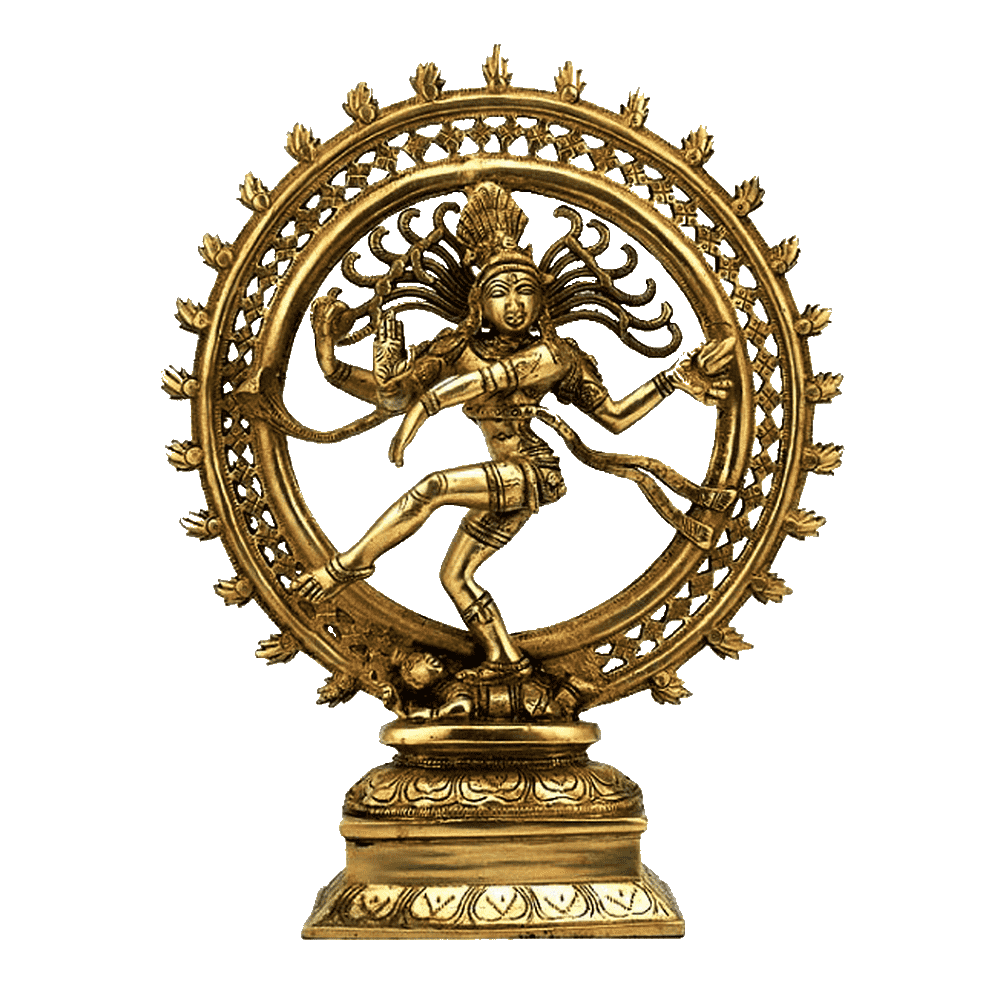
Yoga Tantras
The Sacred Path of Yogic Practices and Spiritual Disciplines
Abstract:
Yoga Tantras form a vital branch of the Tantric tradition within Hinduism, dedicated to the exploration of yogic practices and spiritual disciplines. This article delves into the origins and context of Yoga Tantras, highlighting key themes and teachings found in these texts. It explores the enduring significance of Yoga Tantras in contemporary spiritual practices, offering seekers a transformative pathway to self-realization and spiritual growth.
Introduction:
Yoga Tantras represent a profound and integral aspect of the Tantric tradition, focusing on the union of the individual soul (Atman) with the ultimate reality (Brahman) through the practice of yoga. These Tantras offer seekers a holistic approach to spiritual growth, combining physical, mental, and spiritual practices to achieve profound states of consciousness and self-realization. In this article, we explore the essence of Yoga Tantras, their origins, and their profound significance in guiding seekers towards inner transformation.
Origins and Context:
The origins of Yoga Tantras can be traced back to ancient times when yoga practices were deeply rooted in Hindu religious and philosophical traditions. The word “yoga” is derived from the Sanskrit root “yuj,” which means to unite or yoke. Over the centuries, Tantric sages and practitioners further developed and integrated yogic practices into the Tantric path.
The Tantric movement, which emerged during the early medieval period in India, sought to explore the esoteric and mystical aspects of spiritual practice. Yoga Tantras offered a comprehensive system of yoga practices that encompassed physical postures (asanas), breath control (pranayama), meditation, and spiritual disciplines to awaken the dormant spiritual potential within individuals.
Key Themes and Teachings:
Yoga Tantras encompass several key themes and teachings that form the foundation of this sacred path:
Hatha Yoga Practices:
Yoga Tantras delve into Hatha Yoga practices, which involve physical postures (asanas) and breath control (pranayama). These practices aim to purify the physical body and prepare it for higher spiritual experiences.
Kundalini Awakening:
The Tantras explore the concept of Kundalini, the dormant spiritual energy located at the base of the spine. Yogic practices are employed to awaken and channel this energy, leading to spiritual enlightenment.
Meditation and Samadhi:
Yoga Tantras emphasize the importance of meditation as a means to attain higher states of consciousness. The ultimate goal of yoga is to achieve Samadhi, a state of profound spiritual absorption and unity with the divine.
Enduring Significance:
The enduring significance of Yoga Tantras lies in their timeless teachings and transformative practices that remain relevant and impactful in contemporary spiritual pursuits. Yoga, as expounded in these Tantras, has gained worldwide popularity as a holistic approach to health, well-being, and spiritual growth.
Yoga practices such as Hatha Yoga, pranayama, and meditation have been widely embraced by people seeking physical fitness, stress relief, and inner peace. The concept of Kundalini and the pursuit of higher states of consciousness continue to inspire spiritual seekers on the path of self-realization.
Conclusion:
Yoga Tantras offer a comprehensive and profound path of yogic practices and spiritual disciplines that lead seekers towards self-realization and spiritual growth. These sacred texts and practices provide a transformative journey of uniting the individual soul with the divine consciousness. The enduring significance of Yoga Tantras lies in their ability to guide seekers towards inner transformation, offering a holistic approach to physical, mental, and spiritual well-being. In a world seeking inner peace and self-discovery, the teachings of Yoga Tantras continue to serve as a beacon of light and wisdom on the sacred path of yoga and spiritual enlightenment.
Editor – Kaalchakra Team
[ Note – Before Concluding anything as a Finale, Please Go through Original Scriptures of Vaidik Literature Written in Sanskrit and Also with Meaning of That time of Language. Because English is a Limited language to Explaining the Deeper Knowledge of Vaidik Kaal. ]
